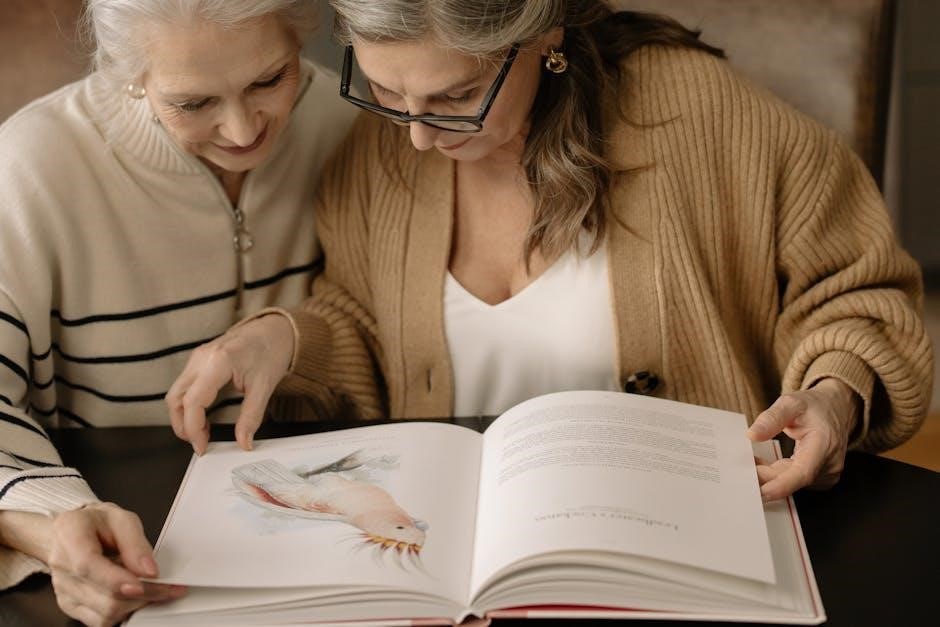Manual handling training is essential for aged care workers to ensure safe and efficient patient care, reducing injury risks and promoting well-being for both caregivers and residents.
1.1 What is Manual Handling in Aged Care?
Manual handling in aged care refers to the physical movement or support of residents, involving tasks like lifting, transferring, or repositioning. It is a critical aspect of caregiving, ensuring residents’ mobility and daily activities are maintained safely. Proper techniques are essential to prevent injuries to both caregivers and residents. Manual handling includes pushing, pulling, carrying, or lowering individuals, requiring strength, balance, and attention to ergonomics. Effective manual handling prioritizes resident dignity and comfort while minimizing strain on caregivers, making it a cornerstone of quality care in aged care settings.
1.2 Importance of Manual Handling Training
Manual handling training is vital for aged care workers to prevent injuries, ensure resident safety, and maintain dignity. Proper techniques reduce the risk of musculoskeletal disorders among caregivers and minimize harm to residents. Training fosters independence for older adults by enabling safe mobility and transfers. It also aligns with legal requirements, promoting a culture of safety and accountability. Effective training enhances job satisfaction and reduces workplace stress, ultimately improving the quality of care provided in aged care settings. It is a foundational skill for all caregivers to master.
1.3 Overview of the Article
This article provides a comprehensive guide to manual handling training in aged care. It explores key concepts, risks, and safe techniques, emphasizing legal and regulatory requirements. The focus is on preventing injuries to both caregivers and residents while promoting independence for older adults. Practical strategies, equipment usage, and best practices are discussed, supported by case studies. The article concludes with a summary and insights into the future of manual handling in aged care, ensuring readers gain a holistic understanding of this critical aspect of caregiving.
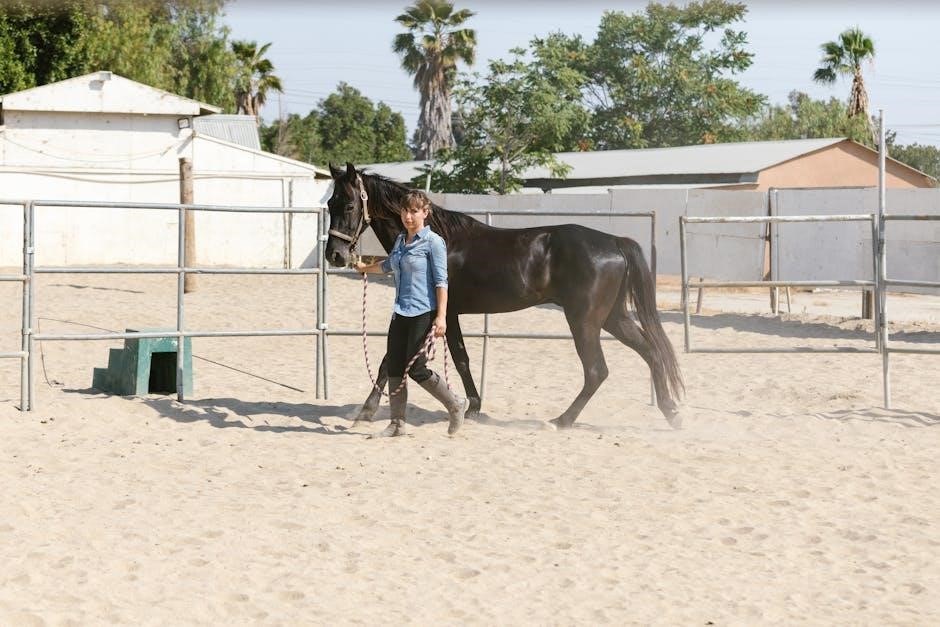
Key Concepts in Manual Handling
Manual handling involves lifting, lowering, pushing, or carrying loads. It requires understanding techniques, risks, and legal obligations to ensure safe practices and prevent injuries in aged care settings.
2.1 Definition of Manual Handling
Manual handling refers to the use of bodily force to lift, lower, push, pull, carry, or move a load. In aged care, this includes safely transferring or repositioning residents to prevent injuries and maintain their dignity. Proper techniques are crucial to minimize strain on caregivers and ensure residents receive compassionate support. Effective manual handling is a cornerstone of quality care, promoting a safe environment for both staff and those they assist.
2.2 Types of Manual Handling Tasks in Aged Care
Manual handling tasks in aged care include lifting, transferring, and repositioning residents, as well as assisting with daily activities like walking or bathing. Common tasks involve sliding, pushing, or pulling residents using equipment such as hoists or slide sheets. Caregivers often help residents move from beds to wheelchairs or toilets, requiring precise techniques to avoid strain. These tasks are essential for maintaining residents’ mobility and dignity, but they also pose significant risks if not performed correctly, emphasizing the need for proper training and equipment use.
2.3 Legal and Regulatory Framework
Aged care facilities must adhere to workplace health and safety legislation, which mandates safe manual handling practices to protect both staff and residents. Policies and procedures are established to ensure compliance, outlining specific guidelines for risk assessment and task management. Employers are legally required to provide training and appropriate equipment, while employees must follow safety protocols. Regular audits and incident reporting mechanisms are in place to maintain accountability and continuous improvement in manual handling practices, ensuring a safe working environment and quality care delivery.
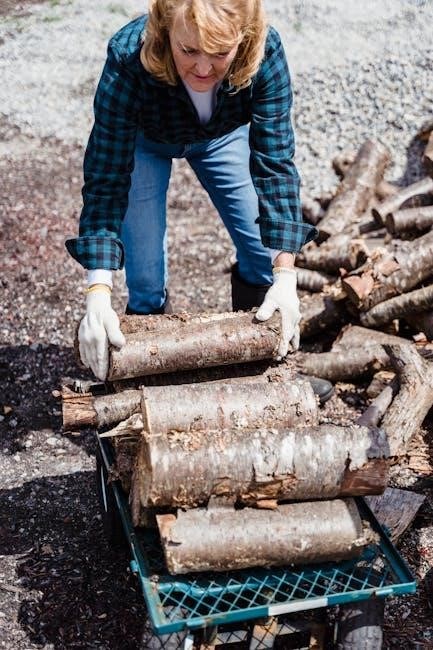
The Importance of Safe Manual Handling in Aged Care
Safe manual handling is crucial to prevent injuries, ensure resident dignity, and promote independence, while maintaining a safe working environment for caregivers in aged care settings.
3.1 Preventing Injuries to Caregivers
Manual handling injuries among caregivers are often caused by repetitive lifting, poor posture, and inadequate training. These injuries can lead to musculoskeletal disorders, prolonged sick leave, and decreased job performance. Proper training in manual handling techniques is essential to reduce these risks. By understanding ergonomics, using assistive devices, and following safe lifting practices, caregivers can minimize strain and prevent long-term health issues. Employers must also conduct regular risk assessments and provide appropriate equipment to ensure a safer working environment. Preventing caregiver injuries not only protects their well-being but also maintains high-quality care for residents.
3.2 Ensuring Resident Safety and Dignity
Safe manual handling practices are crucial for protecting the physical well-being of aged care residents. Proper techniques minimize the risk of falls, bruises, and fractures, ensuring residents are handled with care and respect. Dignity is maintained by involving residents in their care decisions and using methods that prioritize comfort and privacy; Training caregivers in gentle, person-centered approaches fosters trust and confidence among residents. By combining effective manual handling with empathy, caregivers can uphold both safety and dignity, creating a supportive and respectful care environment for older adults.
3.3 Promoting Independence for Older Adults
Manual handling training in aged care emphasizes techniques that support residents’ independence. By using safe lifting and transferring methods, caregivers enable older adults to maintain mobility and participate in daily activities. This fosters a sense of autonomy and self-worth, which is vital for their emotional and mental well-being. Additionally, incorporating assistive devices and encouraging residents to use their strength and abilities helps reduce reliance on caregivers for basic movements. Promoting independence not only enhances residents’ quality of life but also aligns with person-centered care principles, which prioritize individual needs and preferences. This approach contributes to a more empowering care environment.
Risks Associated with Manual Handling in Aged Care
Manual handling in aged care poses risks like musculoskeletal disorders, injuries to residents, and increased stress and fatigue for caregivers, emphasizing the need for proper training.
4.1 Musculoskeletal Disorders Among Caregivers
Musculoskeletal disorders are common among aged care workers due to repetitive manual handling tasks. Injuries to muscles, tendons, and ligaments often result from lifting, bending, or awkward postures. These conditions can lead to chronic pain, reduced mobility, and long-term health issues, impacting caregivers’ ability to perform their duties. Factors like improper lifting techniques, lack of training, and insufficient use of assistive devices exacerbate the risk. Such disorders not only affect workers’ well-being but also increase healthcare costs and absenteeism, highlighting the need for effective preventive measures and proper training in manual handling.
4.2 Common Injuries to Residents
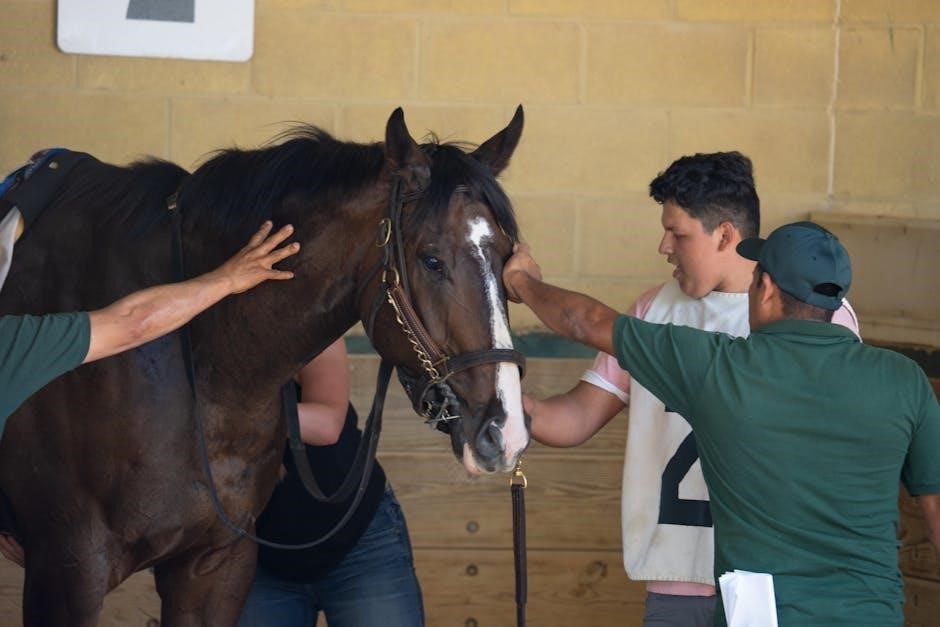
Residents in aged care settings often suffer injuries such as fractures, bruises, or skin tears due to improper manual handling techniques. Improper lifting, sudden movements, or inadequate support during transfers can lead to falls or direct harm. Additionally, residents with frailty or pre-existing conditions are more susceptible to injury. Proper training, use of assistive devices, and careful planning of manual handling tasks are essential to minimize these risks and ensure resident safety. Preventing injuries not only protects residents but also upholds their dignity and quality of life in care settings.
4.3 Work-Related Stress and Fatigue
Manual handling tasks in aged care can lead to work-related stress and fatigue among caregivers. The physical demands of lifting, transferring, and repositioning residents, combined with high workloads, contribute to mental and physical exhaustion. Prolonged stress and fatigue can impair judgment, reduce focus, and increase the risk of errors during care tasks. Additionally, the emotional strain of caring for vulnerable residents can exacerbate these issues. Addressing stress and fatigue requires robust training programs, workload management, and access to mental health support to ensure caregivers’ well-being and maintain high-quality care standards.

Safe Manual Handling Techniques
Safe manual handling techniques involve proper lifting, bending, and transferring methods to minimize strain and prevent injuries. Proper posture, balance, and body mechanics are essential for effective care.
5.1 General Principles of Safe Lifting
Safe lifting begins with maintaining a neutral spine, bending at the knees, and using leg muscles instead of back strength. Plan the lift, ensuring the load is manageable. Use assistive devices when necessary and keep the load close to your body. Avoid twisting and ensure the environment is clear of obstacles. Approach the load facing the direction of movement, grip securely, and lift smoothly without jerking. After lifting, place the load down carefully in the same manner. Always reassess if the task feels too heavy or awkward to prevent strain or injury to both caregiver and resident.
5.2 Proper Posture and Body Mechanics
Proper posture and body mechanics are critical to minimize strain during manual handling tasks. Maintain a neutral spine alignment, engage core muscles, and distribute weight evenly on both feet. Avoid slouching or leaning forward, as this can lead to musculoskeletal injuries. Keep the resident or object close to your body to reduce reaching and twisting. Ensure knees are slightly bent to lower your center of gravity, providing stability. Adjust your stance to match the height and position of the resident, allowing for smooth, controlled movements. Poor posture can exacerbate physical strain, so attention to body positioning is essential for both caregiver and resident safety.
5.3 Safe Transfer and Repositioning Methods

Manual Handling Equipment in Aged Care
Manual handling equipment, such as hoists, slings, slide sheets, and stand-assist machines, minimizes physical strain and prevents injuries during patient transfers and repositioning, enhancing safety and efficiency.
6.1 Hoists and Slings
Hoists and slings are essential tools in aged care manual handling, enabling safe and efficient transfer of residents. Ceiling-mounted or mobile hoists reduce physical strain, while slings provide support and stability. Proper training ensures correct sizing and usage, minimizing the risk of injury to both residents and caregivers. Regular maintenance and inspection of equipment are crucial for reliability. Hoists and slings promote dignity and comfort for residents during transfers, making them indispensable in modern aged care settings. Their use is tailored to individual needs, ensuring a safe and respectful care environment.
6.2 Slide Sheets and Transfer Boards
Slide sheets and transfer boards are vital tools in aged care manual handling, designed to facilitate safe and smooth resident transfers. Slide sheets reduce friction, allowing easy movement of residents across surfaces, while transfer boards provide a sturdy, flat surface for sliding. Both tools minimize physical strain on caregivers and prevent injuries to residents. Proper training ensures their effective use, promoting safety and dignity. Regular cleaning and maintenance of these devices are essential for hygiene and functionality. They are indispensable aids in maintaining the well-being and mobility of older adults in care settings.
6.3 Stand-Assist Machines
Stand-assist machines are innovative devices that help caregivers safely assist residents with standing or transferring. These machines provide support and stability, reducing physical strain on both caregivers and residents. They are particularly useful for individuals with limited mobility or strength, enabling them to maintain independence. Proper training is crucial to ensure correct operation and safety. Regular maintenance ensures optimal functionality. Stand-assist machines are invaluable in promoting resident dignity and reducing the risk of injuries during transfers, making them a key component in modern aged care manual handling practices.
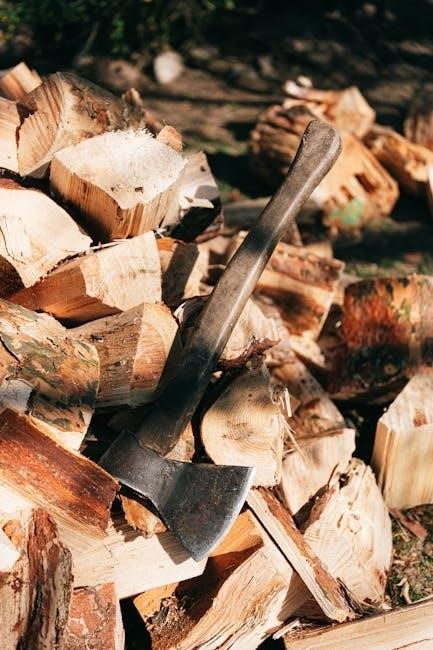
Legal and Regulatory Requirements
Stand-assist machines are devices that help residents stand or transfer safely, reducing caregiver strain. They promote independence, maintain dignity, and minimize injury risks. Proper training ensures correct use.
7.1 Workplace Health and Safety Legislation
Workplace health and safety legislation mandates aged care facilities to minimize manual handling risks. Employers must conduct risk assessments, develop policies, and provide training to ensure compliance. Non-compliance can result in penalties. Legislation emphasizes safe manual handling practices to protect both caregivers and residents, ensuring a safe working environment. Proper implementation of legal requirements is crucial for maintaining high standards of care and preventing injuries. Compliance with these regulations is essential for fostering a culture of safety and accountability in aged care settings.
7.2 Policies and Procedures for Manual Handling
Policies and procedures for manual handling in aged care are designed to ensure safe practices and compliance with legal standards. These guidelines outline risk assessment processes, proper techniques, and the use of assistive equipment. Staff are required to follow documented procedures for lifting, transferring, and repositioning residents. Regular training and updates are essential to maintain competency. Policies also emphasize the importance of resident dignity and comfort during manual handling tasks. Adherence to these procedures minimizes injuries and ensures a safe environment for both caregivers and residents, promoting overall well-being in aged care settings.
7.3 Risk Assessment and Management
Risk assessment and management are critical components of manual handling in aged care. A thorough evaluation identifies potential hazards, such as resident mobility issues or environmental obstacles. Caregivers must assess each task to determine the level of risk and implement strategies to mitigate it. This includes using assistive devices, adjusting techniques, or seeking additional support; Effective risk management ensures safer handling practices, reducing the likelihood of injuries to both residents and staff. Regular reviews and updates to risk assessments are essential to adapt to changing resident needs and workplace conditions, ensuring ongoing safety and efficiency in care delivery.
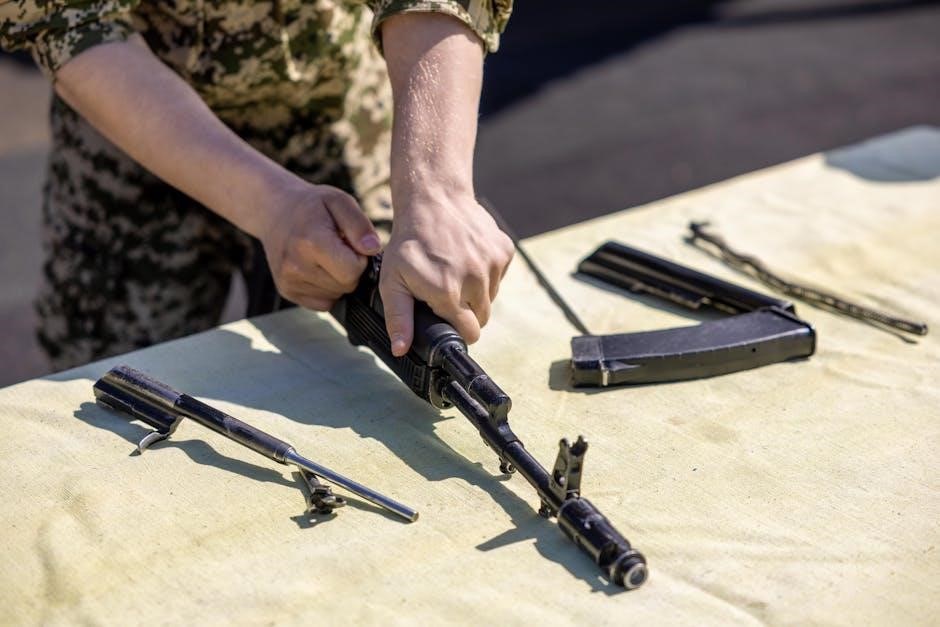
Manual Handling Training Programs
Manual handling training programs equip caregivers with essential skills to perform tasks safely, emphasizing proper techniques, equipment use, and risk management to prevent injuries and ensure quality care.
8.1 Components of Effective Training
Effective manual handling training includes theoretical knowledge, practical demonstrations, and hands-on practice. It covers risk assessment, proper lifting techniques, and use of assistive devices. Training also emphasizes teamwork, communication, and adherence to safety protocols. Regular updates on new equipment and methods are crucial. Competency assessments ensure staff can apply what they learn. Tailoring training to specific workplace scenarios enhances relevance and retention. Continuous feedback and refresher courses maintain high standards of care and safety, ensuring a skilled and confident workforce.
8.2 Practical Skills and Simulations
Practical skills training involves hands-on exercises to master safe manual handling techniques. Simulations mimic real-life scenarios, such as transferring residents from beds or chairs. Trainees practice using assistive devices like hoists and slide sheets. Interactive activities ensure learners can apply proper body mechanics and lifting methods. Simulations also cover emergency situations, fostering quick decision-making. This experiential learning helps caregivers build confidence and competence, reducing risks in actual care settings. Realistic training environments prepare staff for diverse challenges, ensuring they can handle various resident needs effectively and safely.
8.3 Competency Assessment and Certification
Competency assessment ensures aged care workers can safely perform manual handling tasks. Practical tests and simulations evaluate their ability to apply learned skills effectively. Certification is awarded upon successful completion, confirming adherence to safety standards and legal requirements. This process verifies that caregivers can execute tasks without risking injury to themselves or residents. Regular recertification is often mandatory to maintain competency and stay updated with best practices. Certification fosters trust and accountability, ensuring high-quality care delivery in aged care settings.
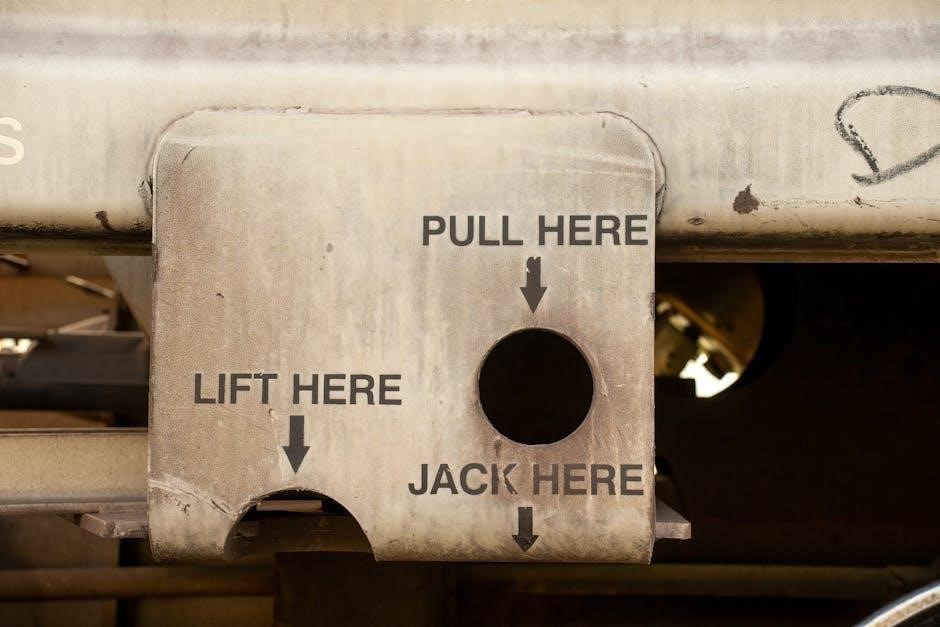
Best Practices in Manual Handling
Adopt safe lifting techniques, maintain proper posture, use assistive devices, and communicate effectively with residents and colleagues to ensure safe and efficient manual handling practices.
9.1 Teamwork and Communication
Teamwork and communication are vital in manual handling to ensure safe and effective care. Clear communication helps plan and execute tasks, reducing errors and injuries. Caregivers should coordinate actions, share responsibilities, and use verbal cues to maintain resident safety and dignity. Proper teamwork distributes physical efforts, minimizing strain and ensuring smooth transitions. Assigning roles based on strength and skill enhances efficiency while prioritizing resident well-being. Effective communication also builds trust between caregivers and residents, fostering a collaborative environment. Together, teamwork and communication are cornerstone principles in delivering high-quality, safe manual handling care.
9.2 Using Assistive Devices
Assistive devices play a crucial role in enhancing safety and efficiency during manual handling tasks. Equipment like hoists, slings, slide sheets, and stand-assist machines reduces physical strain and minimizes the risk of injury to both caregivers and residents. Proper use of these tools ensures smooth transfers and repositioning, maintaining resident dignity. Training on device operation is essential to maximize their effectiveness and prevent accidents. By incorporating assistive devices into daily care routines, caregivers can provide safer, more compassionate support while reducing the likelihood of musculoskeletal injuries. Their use is a cornerstone of modern, safe manual handling practices in aged care settings.
9.3 Regular Exercise and Stretching
Regular exercise and stretching are vital for caregivers to maintain physical strength and flexibility, reducing the risk of injuries during manual handling tasks. Strengthening core muscles and improving posture through targeted exercises enhances stability and control when lifting or transferring residents. Stretching exercises can prevent muscle strain and improve mobility, ensuring caregivers can perform their duties safely and effectively. Incorporating physical activity into daily routines helps mitigate the physical demands of aged care work, promoting overall well-being and reducing the likelihood of musculoskeletal disorders. This proactive approach supports long-term health and resilience for caregivers.
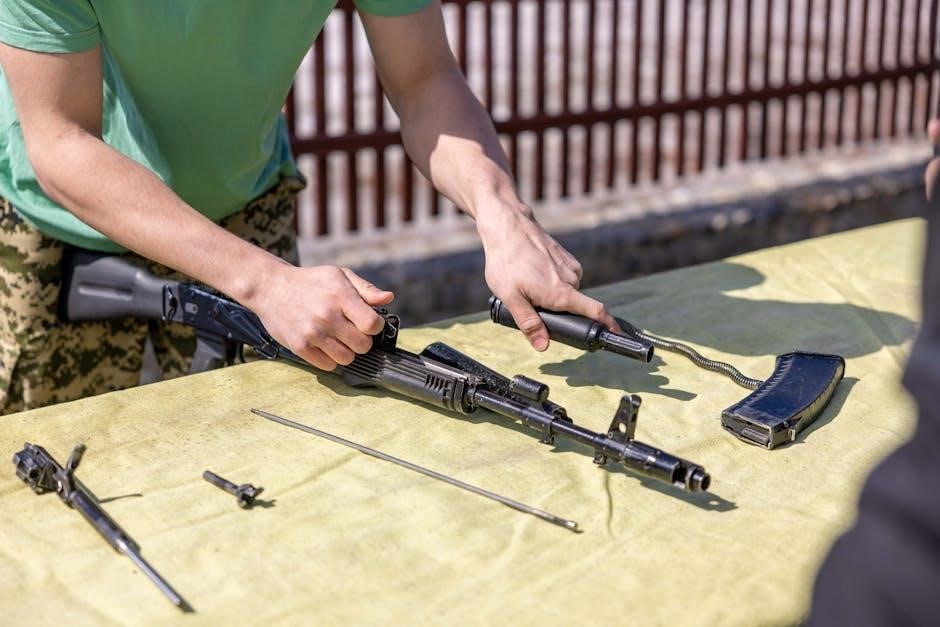
Case Studies and Real-Life Examples
Real-life examples highlight successful manual handling techniques, such as proper lifting methods and equipment use, reducing injuries and improving care quality in aged care settings.
10.1 Successful Implementation of Manual Handling Techniques
Aged care facilities have successfully reduced injuries by adopting proper manual handling techniques. For example, one facility implemented a team-lifting approach, ensuring two carers assist residents, minimizing strain. Another introduced hoists and slide sheets, eliminating manual lifting in high-risk transfers. Training programs emphasizing posture, ergonomics, and equipment use have also proven effective. Regular drills and competency assessments ensure sustained adherence to safe practices. These real-life examples demonstrate how systematic approaches to manual handling can enhance both caregiver safety and resident well-being, setting benchmarks for others to follow.
10.2 Lessons Learned from Workplace Incidents
Workplace incidents in aged care highlight the importance of proper manual handling practices. For instance, musculoskeletal injuries to caregivers and falls among residents have led to revised protocols. One incident involved a resident slipping during a transfer due to improper equipment use, prompting staff to undergo additional training. Another case revealed that rushing tasks increased injury risks, emphasizing the need for time management and teamwork. These lessons underscore the importance of continuous training, adherence to safety guidelines, and open communication to prevent future incidents and enhance care quality.
10.3 Innovations in Manual Handling Practices
Innovations in manual handling practices are transforming aged care, enhancing safety and efficiency. Mechanical assist devices, like powered hoists, reduce physical strain on caregivers. Electronic lifting aids with sensors optimize weight distribution, minimizing injury risks. Exoskeletons are being introduced to support caregivers during lifts. Additionally, data-driven systems track manual handling tasks, identifying high-risk scenarios and suggesting improvements. These advancements not only protect staff but also improve resident comfort and dignity, ensuring safer and more dignified care delivery in aged care settings.
Manual handling training is vital for ensuring safe, efficient, and compassionate care in aged care settings. It reduces injuries, promotes resident dignity, and supports caregivers’ well-being, fostering a safer and more respectful care environment.
11.1 Summary of Key Points
Manual handling training is crucial for aged care, emphasizing safe techniques to prevent injuries and enhance care quality. Proper lifting, transferring, and equipment use are vital for both caregivers and residents. Training programs ensure compliance with legal standards, reducing workplace risks and promoting a culture of safety. Regular assessments and competency checks are essential to maintain high standards. By prioritizing safe manual handling, aged care facilities can improve resident well-being, protect staff health, and foster a dignified care environment. Effective training and continuous improvement are key to sustainable and compassionate care delivery.
11.2 The Future of Manual Handling in Aged Care
The future of manual handling in aged care lies in advancing technology, training methods, and ergonomic design. Increased use of assistive devices like robotic lift aids and smart hoists will reduce physical strain. Training programs will incorporate virtual reality simulations for immersive learning. Emphasis will be placed on preventive strategies, such as risk assessments and personalized care plans. Regulatory updates will ensure higher safety standards, while fostering a culture of continuous improvement. By integrating innovation and best practices, aged care can achieve safer, more dignified, and efficient manual handling processes for both caregivers and residents.
